
What is the best way to bend wood?
2023-11-10 16:32“Wood can be soaked in water to soften it. Heating the water above 212 F (boiling) to create steam softens the wood faster. The softened wood is clamped into a frame and left to dry. You'll need to build a steam box to hold the wood during the steaming.” This answer is from the search of the Internet.
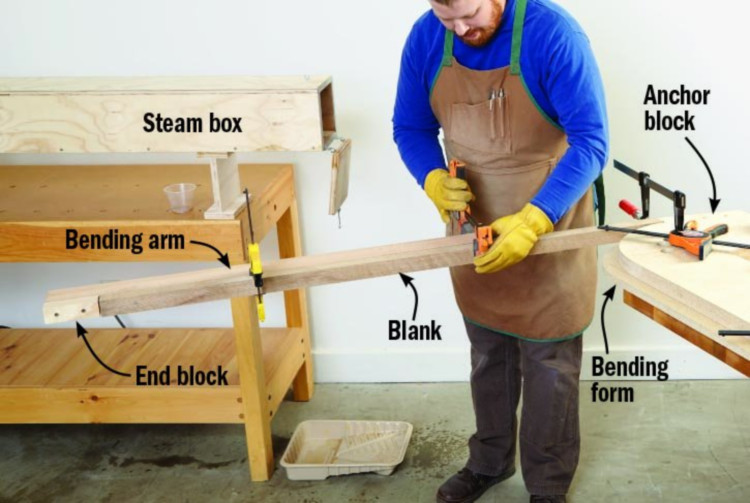
But, it is really the best way?
About the commonly used methods of bending wood, we already shared with you. You can check here.
Today we focus on comparing "this best way" with high frequency bending press.
Steam Bending Wood:
Steam bending wood has a long history in woodworking and is favored for its simplicity and accessibility. Here are some key features of this technique:
Process: Steam bending involves exposing a piece of wood to steam to soften its fibers, making it pliable. Once the wood reaches the desired flexibility, it is bent around a jig or form and left to cool and dry in its new shape.
Equipment: Steam bending requires a steam chamber or box, a heat source, and a bending jig or form. The steam chamber generates steam that envelops the wood, while the bending jig provides the desired shape and holds the wood in place during the bending process.
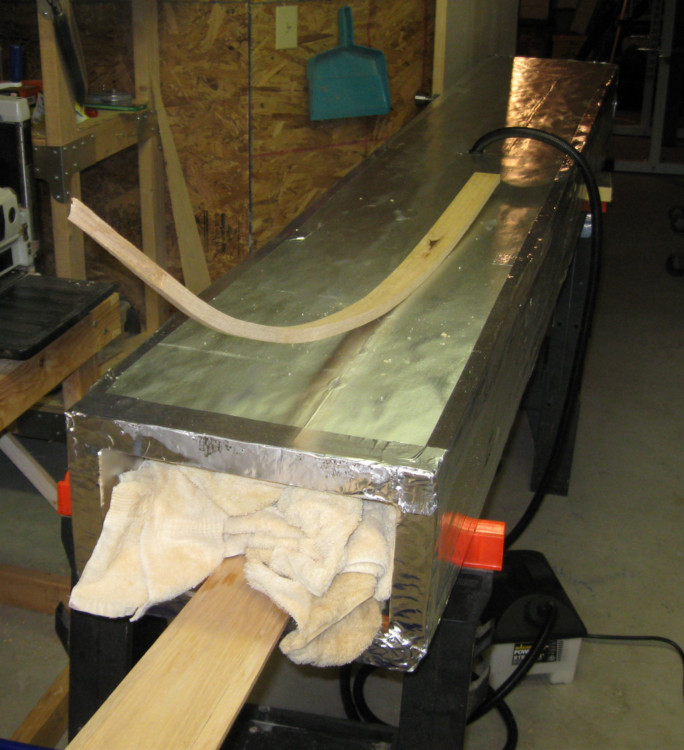
Time and Skill: Steam bending can be time-consuming and requires a certain level of skill and experience. Achieving consistent results may take practice and experimentation, as factors like wood species, thickness, and moisture content influence the success of the bend.
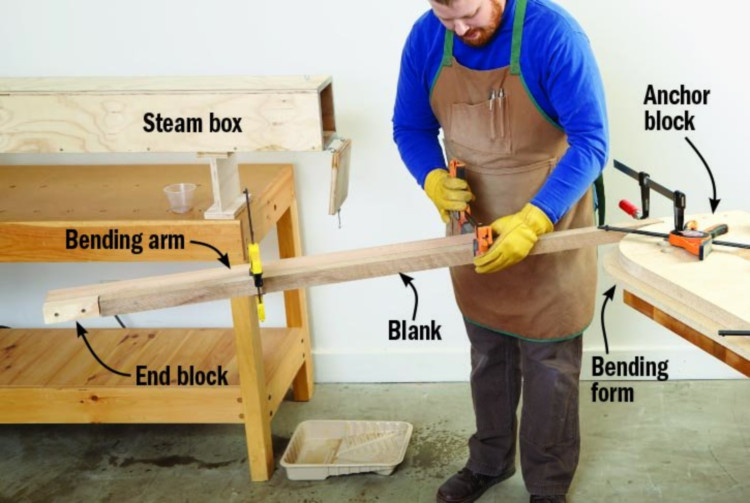
Wood Integrity: During steam bending, the wood's integrity can be compromised due to exposure to moisture and heat. The fibers may weaken, resulting in potential spring-back or residual stress in the bent piece. Additionally, there is a risk of wood discoloration or surface damage caused by steam or prolonged exposure to high temperatures.
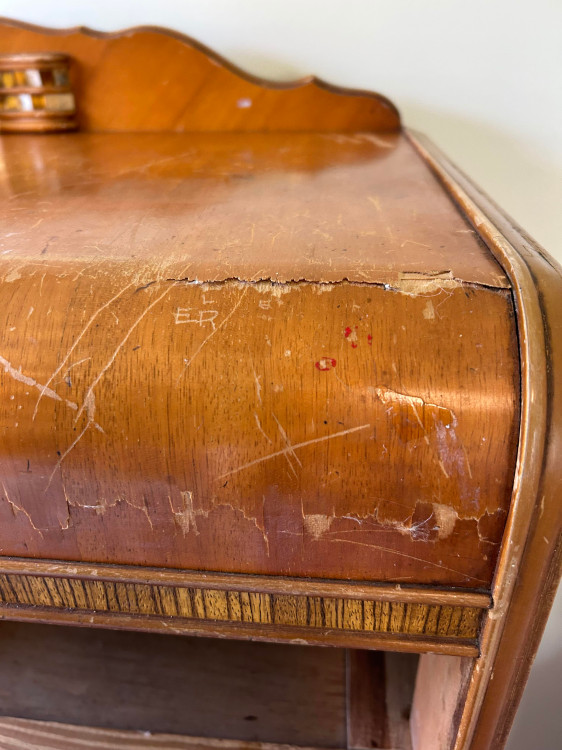
High frequency wood bending presses represent a modern, technology-driven approach to wood bending. It's different from steam bending. Here's what you need to know about this technique:
Process: Radio frequency bending presses use electromagnetic waves to heat the wood rapidly, making it pliable for bending. The wood is placed between metal electrodes, and high frequency energy is applied, causing the water molecules within the wood to vibrate and generate heat. Once the wood is heated to the desired temperature, it can be bent into shape using a bending jig or form.
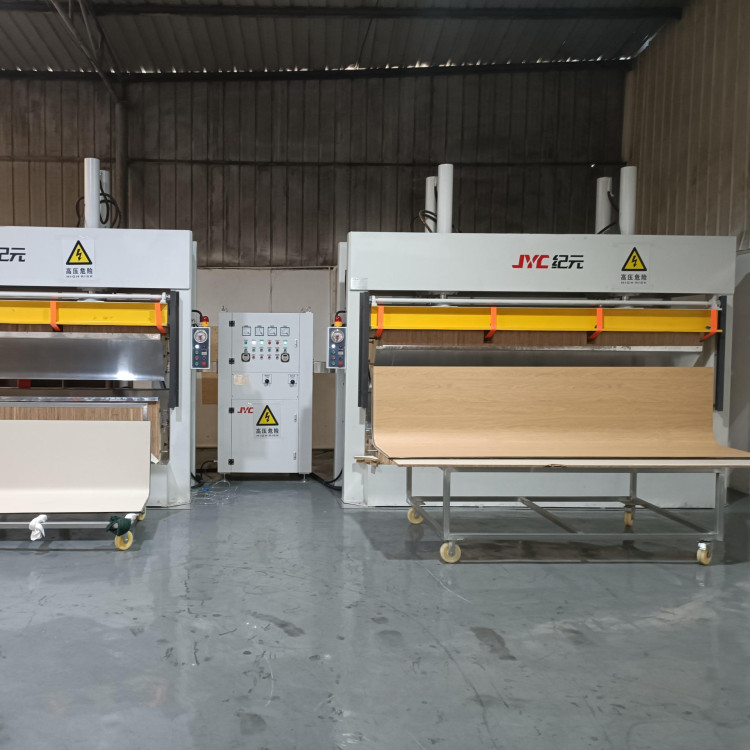
Speed and Efficiency: High frequency plywood bending presses offer significant time savings compared to steam bending. The rapid heating process reduces the bending time, allowing for faster production and increased efficiency. Moreover, high frequency wood bending machine offer precise temperature control, ensuring consistent results.
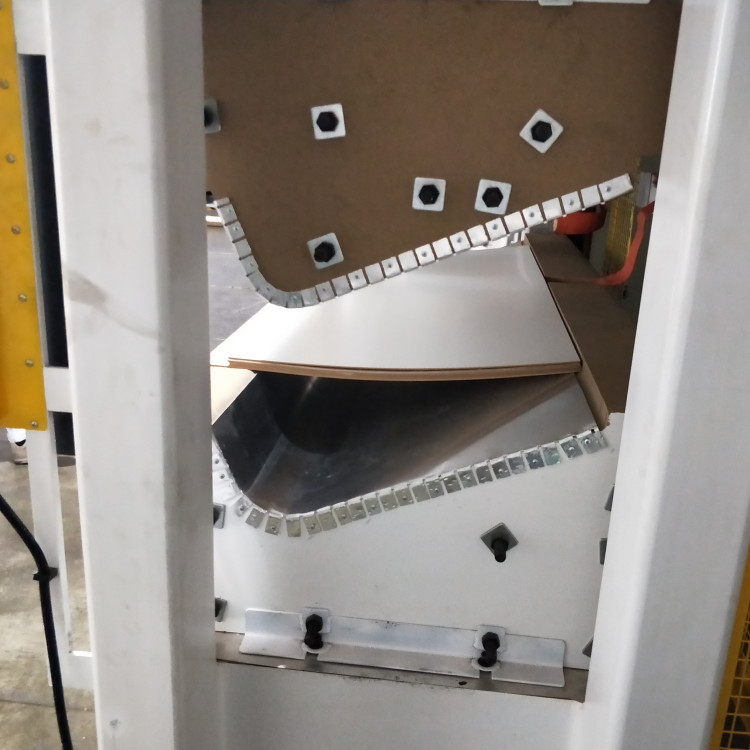
Control and Precision: HF wood bending presses provide excellent control and precision over the bending process. The temperature, pressure, and bending parameters can be accurately adjusted, enabling consistent and repeatable bends.
Wood Integrity and Quality: RF wood bending machine minimize the risk of wood damage or degradation. The rapid and localized heating ensures that only the targeted area becomes pliable, preserving the structural integrity of the wood. The resulting bends are often more stable and resistant to spring-back, producing higher-quality curved wood components.
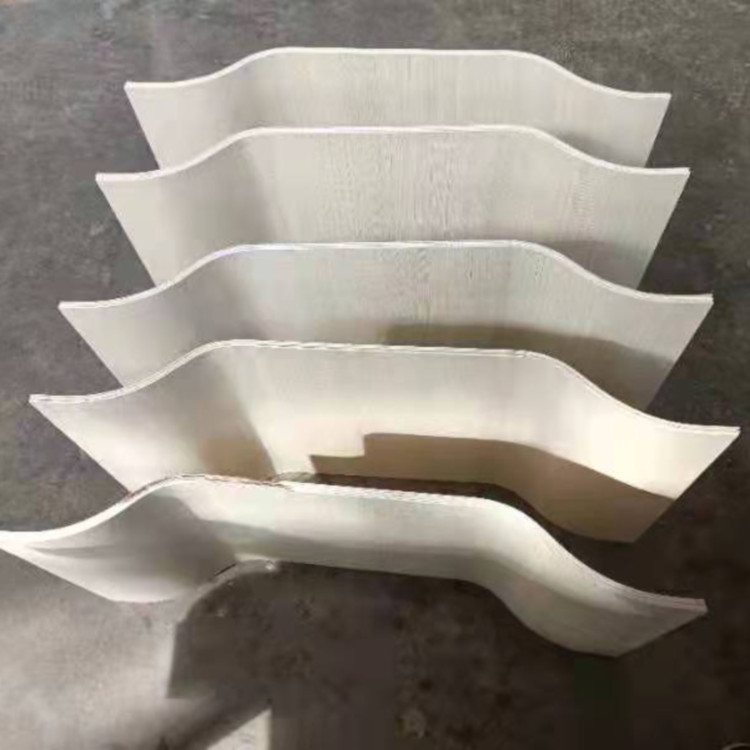
Versatility: Radio frequency wood bending press machine offer versatility in terms of wood species, thickness, and bending shapes. They can handle a wide range of wood, including solid wood, plywood, and engineered wood.
Conclusion:
Wood bending is a fascinating technique that adds artistic flair and functional elegance to woodworking projects. Traditionally, steam bending has been the go-to method for creating curved wooden components. However, with advancements in technology, high frequency wood bending presses have emerged as a viable alternative.
While both steam bending and radio frequency curved wood presses have their merits, high frequency bending presses offer distinct advantages in terms of speed, control, and wood integrity. They streamline the bending process, reduce production time, and provide consistent and high-quality results. High frequency bending press is more suitable for factories producing curved wood products.
